TIMELINE: Guns on campus post-Virginia Tech massacre
The Virginia Tech campus shooting differed from those before it in that it prompted the formation of groups like Students for Concealed Carry and Students for Gun Free Schools. While some states took stances against guns on campus, other states decided to allow students and staff with Concealed Handgun Licenses (CHL) to begin carrying their weapons on campus. Since 2013, there have been 168 school shootings in America; 75 of those have been on college campuses. Starting in August 2016, CHL holders will be allowed to bring guns on many Texas campuses, including UHCL.
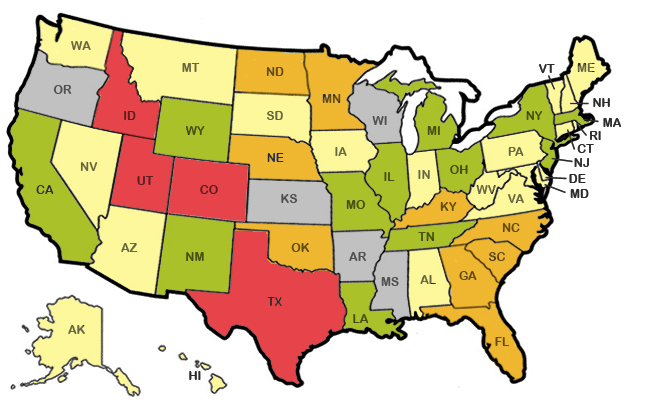
COLOR CODING KEY
RED = Concealed guns allowed by law
GREY = Concealed guns allowed by law, but schools limit locations/who carries
GREEN = Concealed guns on campus prohibited by law
YELLOW = Schools decide weapons policy
ORANGE = Concealed guns allowed only in locked cars in parking lots
Campus Carry across the nation
2003 – Colorado passes the Concealed Carry Act. This Act legalized licensed concealed carry on Colorado college campuses. Following the Act, the Colorado Board of Regents continued prohibiting the possession of guns on campus. By 2010, the Colorado Court of Appeals determined that the Board of Regents did not have the authority to prohibit guns on campus. At this point in time, 12 four-year universities and 25 two-year colleges allow guns on campus.
2011 – Mississippi made the licensed possession of a firearm legal on campus, but only for those with enhanced carry permits since these permits require additional training. The possession of handguns is prohibited to even enhanced carry permit holders in dorms, event centers and dining halls.
2011 – Wisconsin began allowing the licensed possession of a handgun on campus. The state required colleges to allow licensed carry on campus, but the schools can place signs on doors prohibiting the possession of a gun inside the buildings.
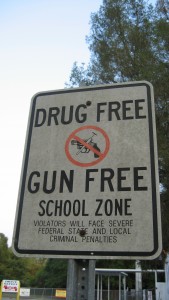
2011 – Oregon overturned university system’s ban on guns. Colleges were given the right to choose to prohibit the possession of firearms in buildings, dorms, event centers and classes by placing a sign at every entrance. In 2012, the Higher Education Board voted to ban weapons in all seven of the state colleges, with exclusions given to active duty military personnel, law enforcement and those with special permission from the school.
2013 – Arkansas began allowing the licensed possession of a concealed weapon on campus. Act 226 allowed faculty to legally carry a concealed handgun on campus and gave schools the right to opt out on an annual basis. By the third year of the law, all four-year and two-year colleges and universities had opted out.
2013 – Kansas legislation allows guns on campus for security purposes. Legislation dictates that universities and colleges may not prohibit the licensed possession of a firearm unless the college has “adequate security measures.” These colleges also may apply for an exemption to prohibit possession for up to four years.
2014 – Utah legislature dictates that while the right to regulate handgun possession at higher education institutes is up to the state and colleges, it may not legally prohibit the lawful possession of a firearm. However, the Utah Board of Regents has the ability to regulate firearms in specific areas, such as dorms, where students can request roommates without a concealed handgun permit and can deem “hearing rooms” as secure places where guns are prohibited. There are currently ten four-year universities and three two-year colleges that allow guns on campus.
2015/2016 – Texas allows campus carry. Governor Greg Abbot signs into law Senate Bill No. 11, aka campus carry, which permits concealed handgun license holders to carry handguns on college campuses. Private universities have the choice to opt out, but public universities do not. The law goes into effect Aug. 1, 2016. On the 2016 Texas Democratic Party Referenda, item five proposed allowing public universities to opt out of campus carry. UHCL is currently drafting its Campus Carry Policy.
Instances of accidental discharge
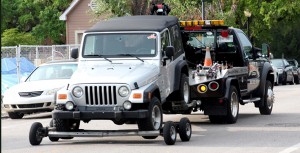
In states and colleges that allow campus carry, there have been two instances of accidental discharge. Each time, the the gun owner injured themselves and others remained unharmed.
May 1, 2013: Blake Ballard, a student at University of Southern Mississippi, accidentally shot himself in the thigh while in his car. Ballard is an enhanced carry permit holder.
Sept. 1, 2015: Idaho State University professor Byron Bennett was teaching when a gun was discharged from his pocket, injuring his foot. The teacher is an enhanced carry permit holder.
Instances of crime
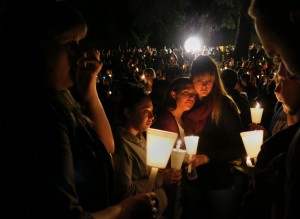
The goal of both campus carry and prohibiting campus carry is to promote safety on campus. Time has shown that with or without the legalization of guns on campus, there are shootings. However, the question of whether legalizing concealed carry on campus lowers shooting rates remains unanswered.
March 8, 2014: A shot was fired at University of Wisconsin-Oshkosh during an altercation at a dance. There were no recorded injuries.
Aug. 8, 2015: Eboni Fingal shot and killed Rayan Ibrahim Baba in the parking lot of his dorm at Wichita State University in Kansas.
Sept. 14, 2015: 45-year-old Shannon Lamb shot his girlfriend at their home in Mississippi and then drove to Delta State University to shoot Professor of History, Ethan Schmidt, and then committed suicide.
Oct. 1, 2015: Chris Harper-Mercer shot and killed ten people at Umpqua Community College in Oregon. Harper-Mercer was armed with three guns. By 2015, Oregon colleges had effectively prohibited campus carry, with exceptions made to active duty military, law enforcement and students with special permission from the school.
Instances of active shooter situations stopped by armed civilians
In colleges allowing campus carry, there have been a few instances where armed students stop active shooter situations.
Jan. 17, 2002: During an active shooter situation, Tracy Bridges, Todd Ross and Ted Besen, students at the Appalachian School of Law in Virginia, were able to tackle and handcuff Peter Odighizuwa after he shot and killed three people and wounded three others. Virginia allows each college campus to decide whether to allow or ban the licensed carry of a firearm on campus.
While there has only been one instance of armed civilians stopping active shooters at colleges, there has been one at a middle school campus.
Oct. 1, 1997: In Pearl, Miss., Luke Woodham came to school after stabbing his mother to death at home and killed two students, injuring seven at Pearl Junior High School. During the shooting, Assistant Principal Joel Myrick went to get a handgun from his car and stopped Woodham.
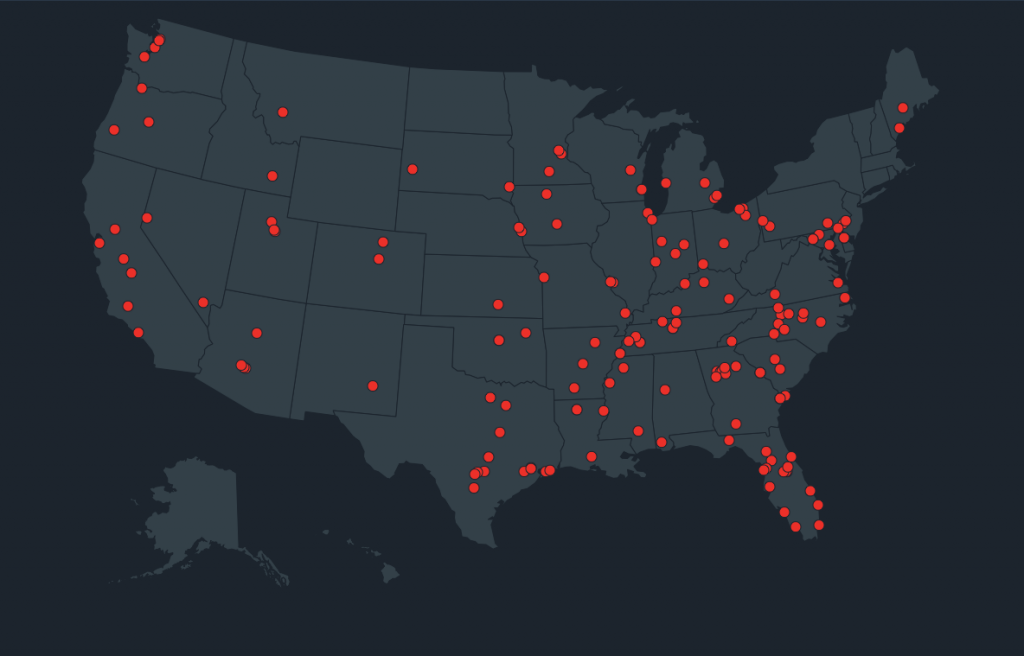

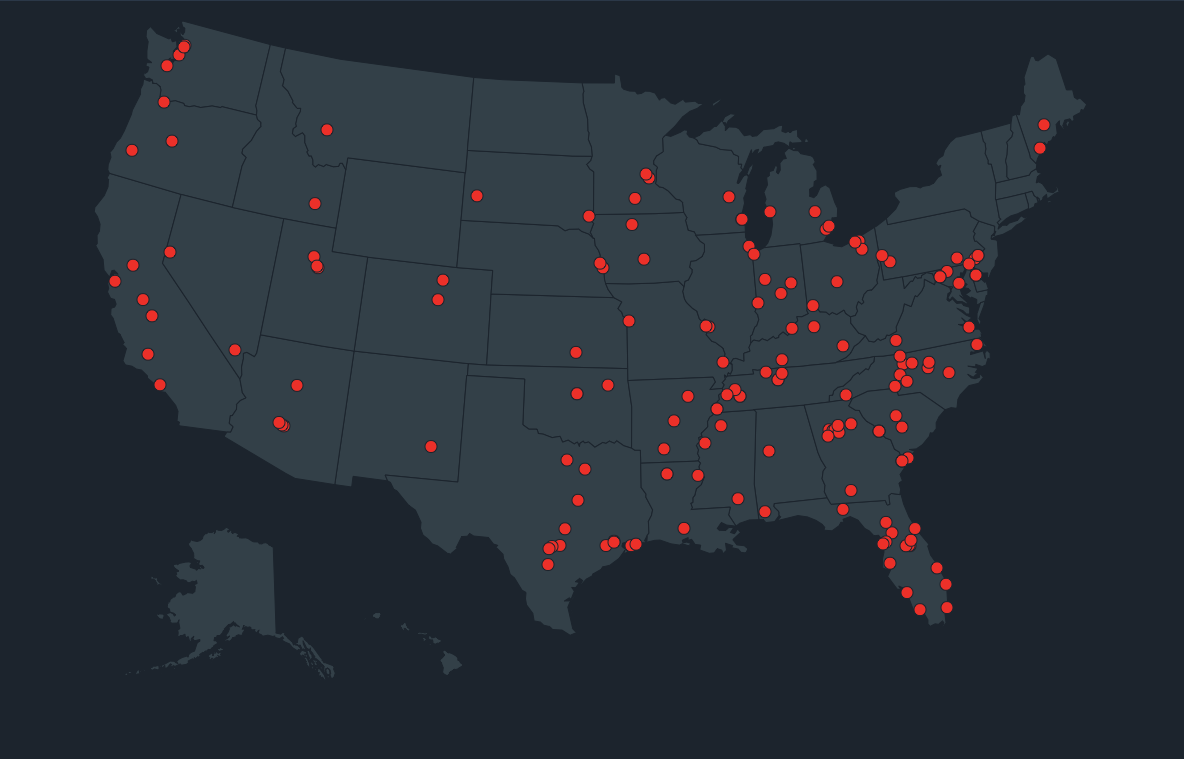
Great piece and well organized. You stuck to what journalism should be about and that is presenting the facts and keeping the audience informed and engaged. Providing a discussion point for both sides of your topic on a very important topic in the state of Texas and the nation right now. Excellent job and keep up the hard work.